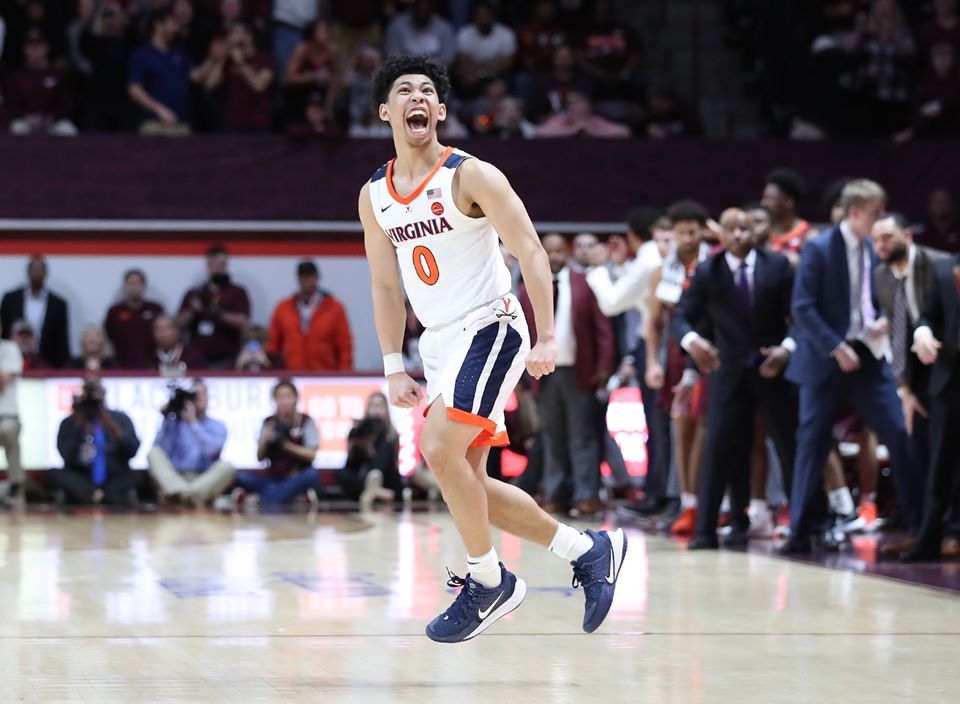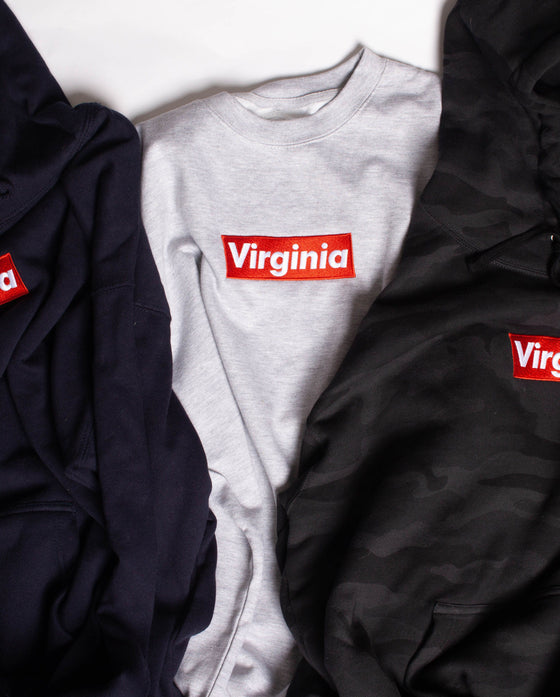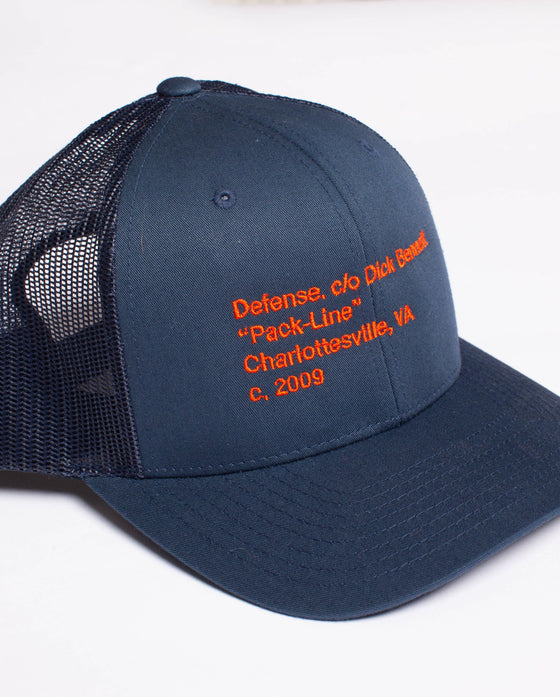A Season in Review: Kihei Clark

(Photo - Matt Riley - Virginia Athletics Media Relations)
Kihei Clark entered the 2019-2020 season as the only returner from a three-man, National Championship winning back-court that lost the other two to the NBA draft. Safe to say, expectations and standards were ridiculously high for the second year point guard looking to pickup where Jerome and Guy left off.
In non-conference play, Clark averaged 9.2 PPG on 42.4% three-point shooting and 38.3% from the field, along with 5.8 APG, and 4.1 RPG. He helped lead the team to an 8-2 non-conference record, not including two early season wins over conference opponents Syracuse and North Carolina. The second year out of Woodland Hills also turned the ball over 3.1 times per contest in those ten games.
Against in-conference opponents, Clark scored 11.6 points per contest, dished out 5.9 assists each game, and grabbed 4.2 rebounds per game. Despite starting 4-4 in ACC play, Clark would lead them to a 15-5 conference record and 2nd overall.
Best performance:
Clark’s best performance of the season came on the road in Louisville in a seven-point loss. In the team’s best offensive output of the season, Clark tallied twenty-three points, including twelve off 4-6 three-point shooting, along with seven assists, and five rebounds.
While the ‘Hoos lost the game, that would turn out to be the lone loss in their final twelve games of the season.
Best play:
Clark’s best play of the season also came on the road, this time in Blacksburg. Following a Tech bucket that tied the game at fifty-three, Clark brought the ball down the court with roughly ten seconds remaining in regulation. Utilizing a Diakite ball screen, Kihei took one dribble left before crossing back to his right, shaking his defender, and burying this game winner:
Biggest improvement:
Undoubtedly, Clark’s biggest improvement from year one to year two was his play-making ability. Last season, he was tasked with being a secondary ball handler, meant to take some pressure off Ty Jerome. This year, Kihei was forced to initiate and lead an often sputtering-offense, and did so valiantly. From year one to year two, Clark improved his assist rate by 23.3% (16.4% to 37.7%) and his assists per game jumped by 3.3 (2.6 to 5.9).
As an individual scorer, he also developed, upping his scoring from 4.5 points per game, to 10.8 per contest. In fact, his shooting also improved, boosting his three-point precision from 34.1% to 37.5% and his shooting from the field as a whole from 35% to 37.5%. Along with his accuracy from deep, Clark was much better finishing around the rim, particularly in ACC play. Some of this was a direct result of his increased role on offense, but the jumps he made from his first year were blatantly apparent in his play.
Needs to improve:
While all those numbers took a jump, so did Clark’s turnover numbers. He jumped from a 19.5% turnover rate as a first year to 26.1% in his second, and from 1 turnover per game to 3.5. Part of that increase in giveaways was poor decision-making, and part of it was the fact that he had very little help in the back-court, especially when it came to handling the ball. Without a backup point guard, Clark also had to play a ridiculous number of minutes, only resting for 101 minutes in a thirty-game season.
Ideally, with the arrival of Reece Beekman, Clark will see his minutes reduced to a more manageable load, and with the development of guys like Morsell and Woldetensae, Kihei will be relied on less heavily to initiate the offense. On top of that, he’ll have to continue to develop his skill set, namely when he penetrates and play among the trees, and off the dribble. By the end of the year, his pull up jump-shot was looking smooth, and that’s another aspect of his game that could be deadly.
Future outlook:
Clark is this team’s leader moving forward, and is penciled in as the starting point guard for the next two seasons. For the foreseeable future, the Virginia basketball program is in Kihei’s hands. In fact, Clark has the opportunity to be one of the most successful players in Virginia basketball program history.
Looking at his potential career post-Virginia, there’s a lot of uncertainty. As of now, his chances at making it to the NBA appear slim. But, he’s still got two years to develop, and if his improvements from year one to year two is any any indication, a fourth year Kihei Clark is going to be dangerous. If there’s anything we’ve learned in the twenty months since Clark arrived on grounds, it is that you can’t count him out of anything.


